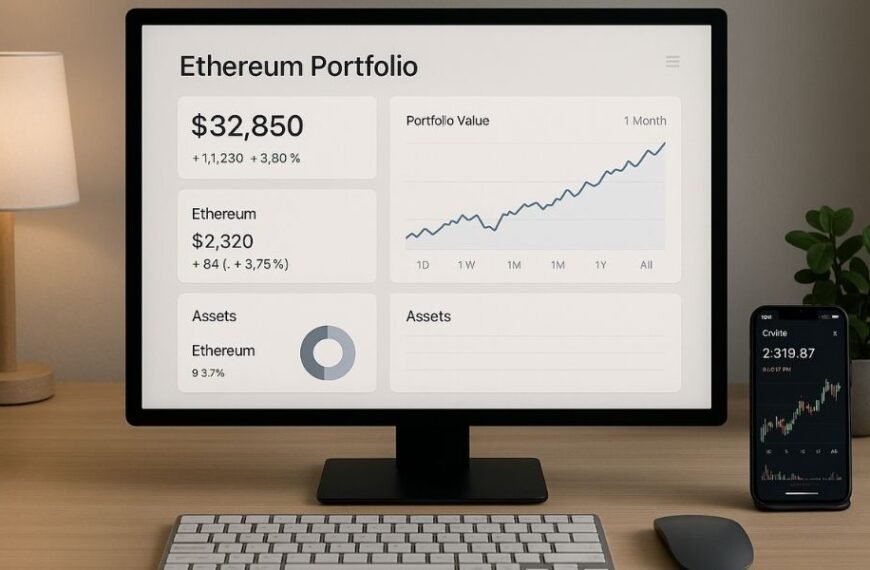The Real Reason Top Construction Brands Invest Heavily in Online Presence
It wasn’t long ago that a construction firm’s reputation lived mostly offline—built through word-of-mouth, job site signs, and the occasional local ad. But the game has changed. Today’s most successful construction brands aren’t just focused on cranes and concrete. They’re winning attention, trust, and contracts through a strong, strategic online presence.
And no, it’s not just about having a website or posting a few job photos. Leading firms understand that their digital presence is as much a part of the client experience as the final walk-through. It’s where deals begin, relationships are formed, and credibility is established long before the first handshake.
So why are the big names going all in online? Let’s dig into what they know—and what smaller firms can learn from it.
Building on Solid Foundations
One thing top brands don’t do? Build their online image on clunky, outdated frameworks. Instead, they lean into purpose-built tools like a well-structured construction website template to set the tone from day one.
These templates do more than just make a site look polished—they’re designed around how construction clients think and what they need. Whether it’s service menus, clear call buttons, project portfolios, or testimonials, the right template organizes your story in a way that feels professional, approachable, and trustworthy.
The best part? You don’t need to reinvent the wheel. A clean, responsive template gives you an advantage by aligning your visual presence with what users expect from reputable contractors. It communicates legitimacy before a single word is read.
Perception Has Gone Digital
Clients research online. That’s not a trend—it’s the norm. From homeowners browsing general contractors to developers shortlisting commercial builders, the web is often the first stop.
And here’s the truth: if your online presence looks outdated, incomplete, or hard to navigate, it instantly impacts your perceived reliability. You could be the most skilled builder in the region, but if your site is slow, unresponsive, or hard to understand, you’ll lose the bid before you even get the call.
Top construction brands treat their websites and digital profiles as active parts of their reputation. They know trust is no longer built solely in person—it’s earned through design, transparency, and the ease of finding what people want to know.
Online Portfolios Seal the Deal
Words matter, but visuals close. The most forward-thinking firms don’t just mention their capabilities—they show them.
Modern clients want proof. They want to see examples, timelines, transformations, and quality in action. That’s why top brands invest in beautiful, image-rich portfolios that show what they can do across different project types. They highlight both finished results and behind-the-scenes shots to build confidence.
Whether you’re working in residential, industrial, or commercial construction, an online gallery isn’t optional anymore. It’s your proof of work, available 24/7. And when clients are comparing providers, it’s often what makes the difference between being remembered—or forgotten.
SEO: The Quiet Lead Generator
The firms dominating search engine results didn’t get there by accident. They understand the value of ranking well when potential clients search terms like “kitchen remodel near me” or “steel building contractor [city].”
Search engine optimization (SEO) isn’t just for tech companies. Construction firms that appear on the first page of results are reaping real business from those listings. And the best part? These leads are inbound—they’re actively looking for help, which means they’re often ready to buy.
Investing in keyword-rich service pages, city-targeted content, fast loading speeds, and mobile-friendly layouts isn’t glamorous, but it pays off. Brands that show up early and often in search are usually the ones closing more deals—without doubling their marketing spend.
Social Media Isn’t Just for Designers
Some construction companies still write off platforms like Instagram or LinkedIn as non-essential. But leading firms know better.
A polished, consistent social media presence helps humanize your brand. It gives prospects a peek into your process, your people, and your company culture. And it shows you’re not just another silent name on a work truck—you’re active, accountable, and transparent.
Even better, it boosts your discoverability. Homeowners often search hashtags or look at tagged locations before choosing who to contact. Developers and commercial partners might vet your team’s professionalism by checking your latest posts.
Top brands know that one well-executed job post can land the next big contract. Visibility isn’t vanity—it’s opportunity.
Digital Credibility Brings Bigger Projects
Let’s be honest: larger clients are risk-averse. Whether they’re banks funding a retail development or corporations hiring for a nationwide office build, they want partners who feel established and ready to handle scale.
A professional digital presence—complete with certifications, safety protocols, case studies, and client reviews—tells decision-makers, “We’ve done this before. We know what we’re doing.”
It reduces friction in the vetting process. It shortens sales cycles. And in some cases, it qualifies you for bids you never would’ve been considered for otherwise.
Top firms don’t just get these deals because of their size—they get them because they look ready from the moment someone finds them online.
Clear Contact Channels = More Inquiries
Surprisingly, many smaller construction websites bury the very thing that matters most: the contact page.
Top brands make it easy. Whether it’s a form on every page, click-to-call buttons on mobile, or live chat integrations, they reduce the friction of reaching out. Because here’s the thing: clients don’t always want to “browse around.” Sometimes they just want to ask a question, get a quote, or book a call.
Make that process effortless, and you’ll close more of the traffic you already have. Neglect it, and even strong traffic won’t convert.
Using Analytics
Big brands don’t guess—they analyze. They use tools like Google Analytics and heatmaps to understand how visitors interact with their site: where they click, where they drop off, and what pages convert best.
This data helps refine every part of the digital experience. If users are bouncing from your service pages, maybe the content needs tightening. If most visitors use mobile, your site better be mobile-optimized.
Smaller firms can access these same tools for free. It’s not about tech skills—it’s about paying attention. Top companies use data to make smarter moves. The lesson? You should too.
Digital Presence Supports Hiring
It’s not just clients checking out your site—future employees are, too.
The best construction brands showcase their team, their values, and the kind of projects they work on. They include career pages, team photos, and sometimes even highlight employee testimonials or safety stats.
This helps attract top-tier workers who want to feel proud of where they work. A sharp online presence says, “We’re growing. We take this seriously.” And that draws serious talent.
In a labor-short market, that edge matters.
Conclusion
The construction industry isn’t immune to digital transformation—it’s in the middle of it. And the brands thriving today aren’t just great builders. They’re smart marketers. They’ve recognized that the client journey now begins online, and they’ve built digital footprints that reflect their quality, reliability, and scale.
From investing in the right construction template to optimizing for search, streamlining contact points, and showing off real work with real stories, today’s top firms treat their online presence like a second job site—one that’s always open, always selling.
If you’re looking to grow, don’t just build better. Show it better. Because in this new era of construction, visibility and credibility walk hand in hand—and the firms who master both are the ones getting ahead.









